Paris porcelain, pair of vases, Restoration period
Painted and gilded hard porcelain
H. 29,5 cm.
Paris, circa 1820-30
This pair of vases has a rich decoration of trophies in burnished gold on one side and historiated scenes on the other. These are typical of the period. These scenes take up the romantic clichés... The clothing of the characters represented is resolutely anachronistic, and makes reference to numerous medieval and Renaissance writings which were very much in vogue at the time. The handles have superb palmettes and sun masks.
Hard porcelain in Paris in the early 19th century
In contrast to the faience factories, porcelain factories flourished under the Empire, particularly in Paris. The period 1800-1820 can be considered the golden age of porcelain in Paris. Nineteen manufactures already existed in Paris in 1800, but only seven of them were founded during the Ancien Régime: Dihl and Guérard, Houzel, Lemaire and Josse, Pouyat and Russinger, Schoelcher, Despréz and Nast.
In contrast to the period of the last twenty years of the 18th century, marked by the passage from rocaille to antique simplicity, the first thirty years of the 19th century saw the opposite, evolving from antique sobriety to rococo. Our sugar bowl, with its simple and elegant form and frieze decoration, bears witness to the virtuosity of the craftsmen in Paris at the beginning of the 19th century. The richness of the gilding also shows that it is a real quality piece.
Historicism
The publication of Jules Michelet's collections under the Restoration, as well as the creation of a "National Novel" which served to give credibility to the regime in place; but also the artistic emulation around the writer Walter Scott or the painter Fleury-Richard allowed for a real "neo-Gothic" or "Gothic revival" artistic vogue.
Ideal for recreating the atmosphere of a Charles X interior.
Condition report :
Very good condition, no cracks, minor wear to gilding on one.
Literature :
Régine de Plinval de Guillebon, faïence et porcelaine de Paris XVIIIème XIXème siècles, édition Faton, 1995



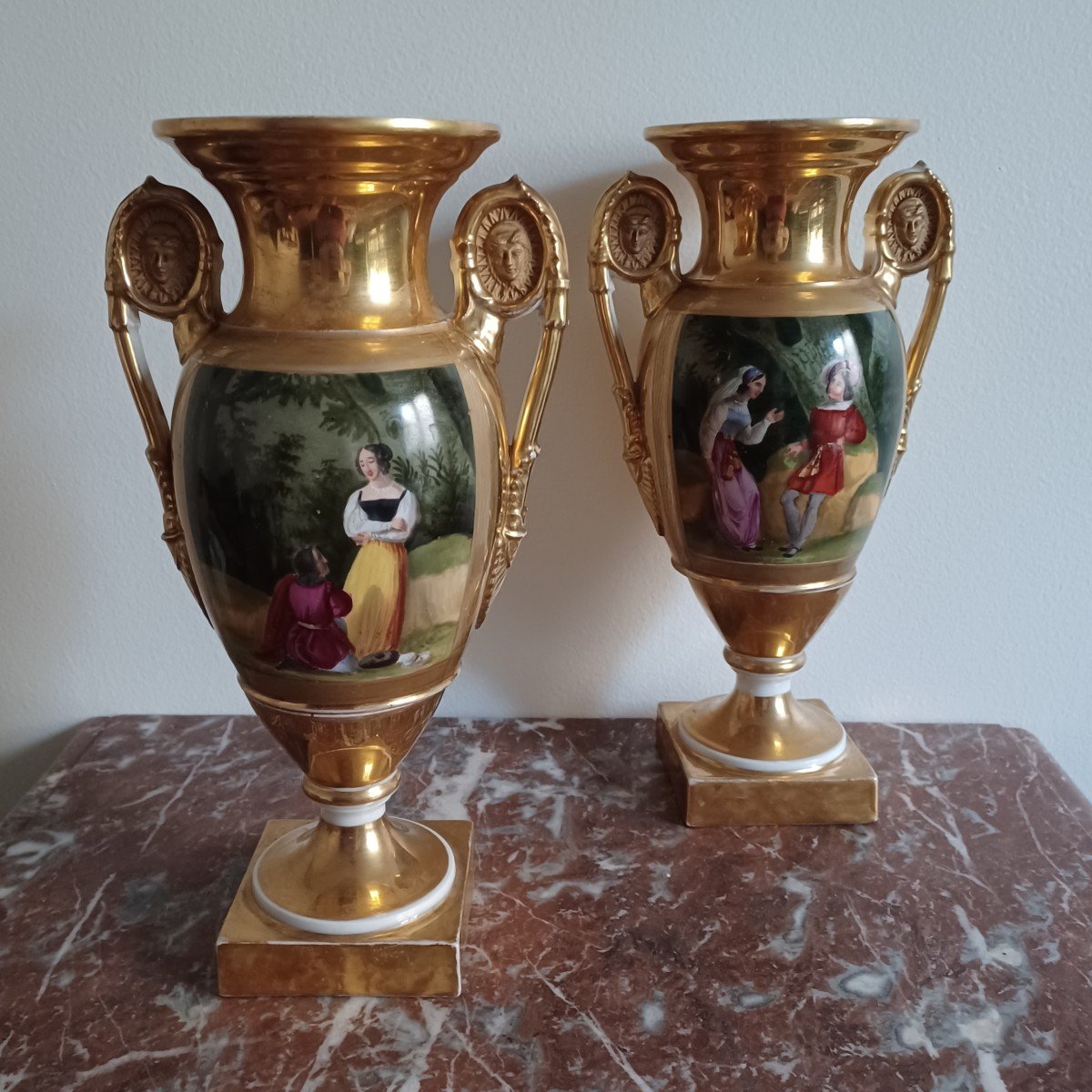






















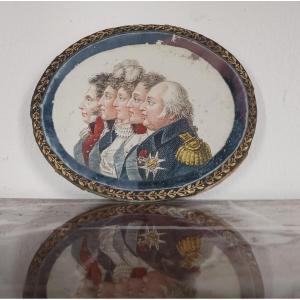

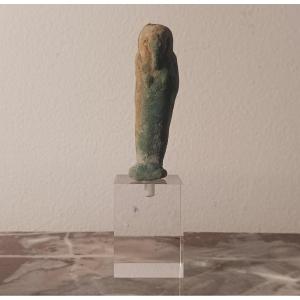



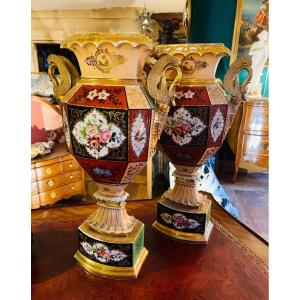
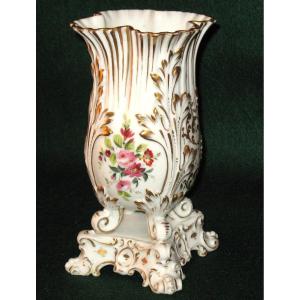






 Le Magazine de PROANTIC
Le Magazine de PROANTIC TRÉSORS Magazine
TRÉSORS Magazine Rivista Artiquariato
Rivista Artiquariato